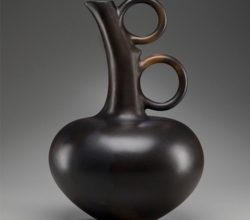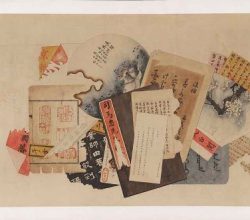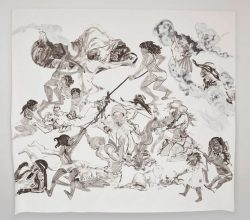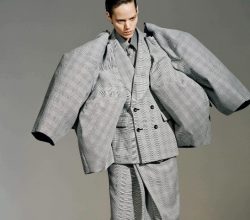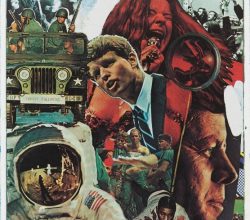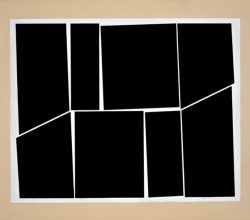
America—What’s in a Name?
Allan Schwartzman | Art Agency Partners | 14th September 2017
Los Angeles’ has a big Latino population but cares little for Latin American art. The Getty has responded with Pacific Standard Time, a “mammoth” initiative focused on Latino and Latin American art. An “undeveloped” market is not helping, says a curator: “It is only when the collecting community gets involved in a particular type of art that museums can really engage in a meaningful way,” Some local press is here.


